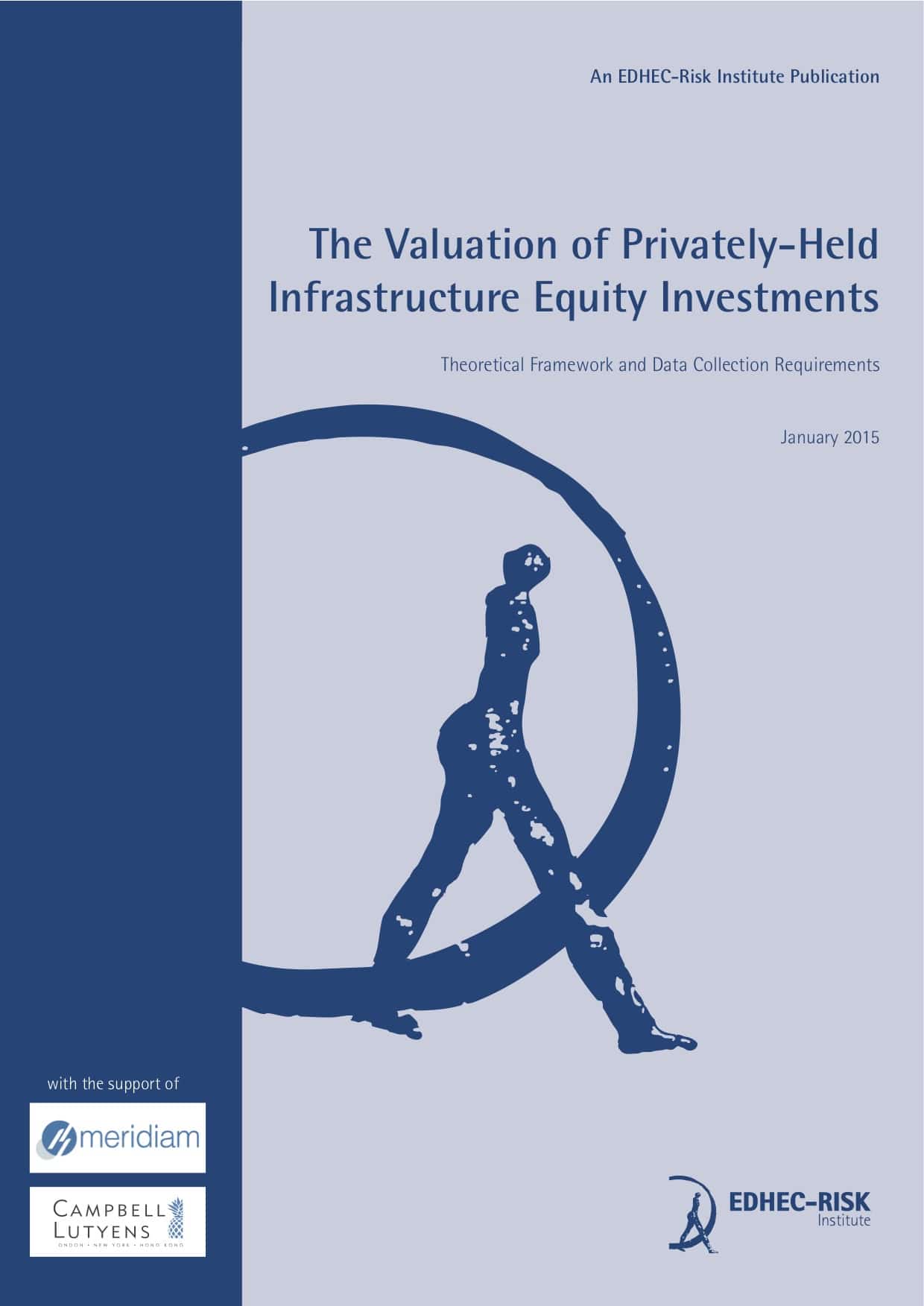This paper contributes a rigorous valuation framework to the debate on the benchmarking of privately-held infrastructure equity investments. We aim to achieve the following objectives:
1. Determine the most appropriate valuation framework for privately-held equity investments in infrastructure projects or entities;
2. Design a methodology that can be readily applied given the current state of empirical knowledge and, going forward, at a minimum cost in terms of data collection;
3. Derive some of the most relevant valuation and performance measures for long-term equity investors and regulators;
4. Define a parsimonious data collection template that nevertheless allows meeting the three points above.
Part of the EDHEC/Meridiam/Campbell Lutyens/ Research Chair 2013-2016



